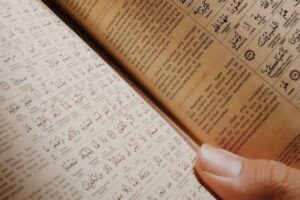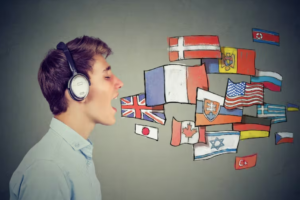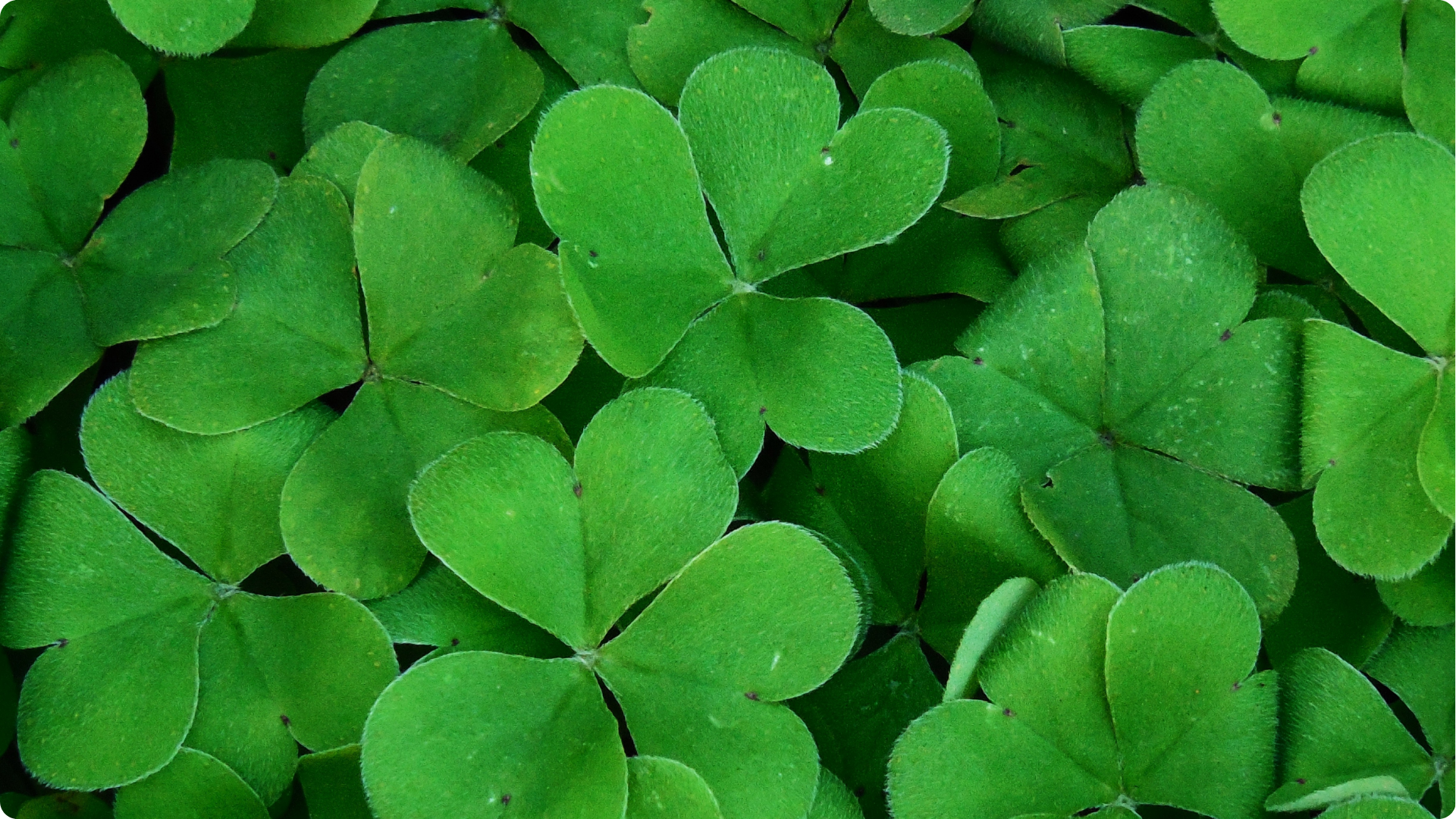
Traditions of Luck and Superstition Around the World
St. Patrick’s Day is well-known in many countries as a day of jovial celebration. Its association with the symbol of the shamrock links the holiday to concepts of luck and superstition. However, symbols of luck and superstition come in many forms. They are derived from many historical and religious events all over the world! Come along with us to discover lucky traditions across the globe!
Shamrocks and Clovers- Ireland, Western Europe, and the United States
St. Patrick’s Day’s association with the clover is based on the belief that St. Patrick used shamrocks, which have only 3 leaves, to explain the holy trinity to Irish Pagans. Irish Druids carried 4-leaf clovers to ward off evil spirits. The four leaves represent luck, faith, hope, and love. The 3-leaf shamrock has a strong religious connection, symbolizing the Holy Trinity. The 4-leaf clover, on the other hand, is a symbol of protection and good fortune. Together, these became some of the most recognizable symbols for St. Patrick’s Day, Irish culture, and luck. Now, it is extremely popular for western countries to decorate with shamrocks and don the symbol during St. Patrick’s Day celebrations!
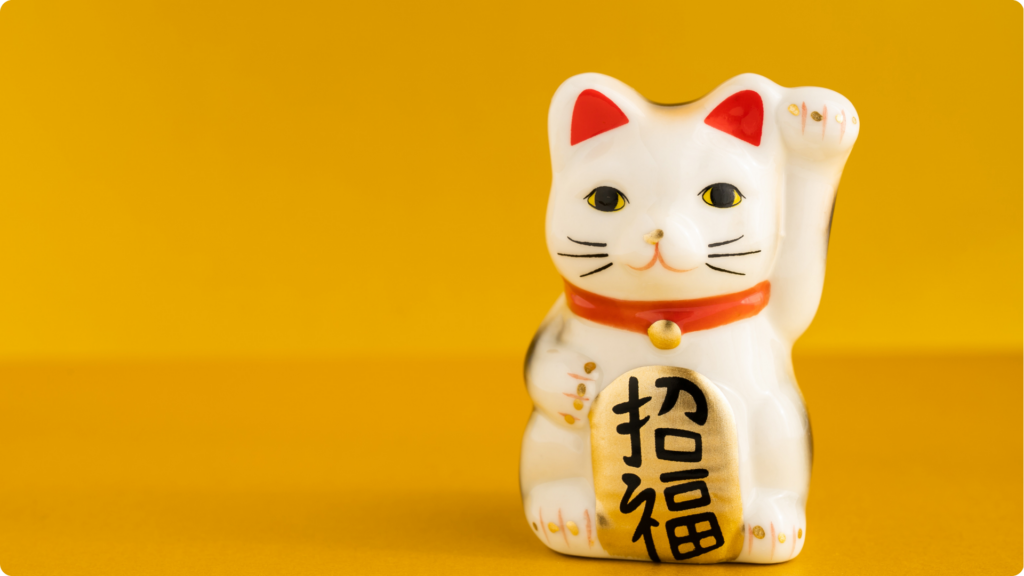
Maneki-Neko (Beckoning Cat)- Japan
The Japanese “Maneki-Neko” translates literally to “Beckoning Cat.” It originated during the Edo period in Japan. This period dates back as early as the 17th century! This symbol, primarily in the form of a figurine with one paw raised, is believed to bring good fortune and prosperity.
One legend of the Beckoning Cat tells the story of a man saved by a temple cat. This cat belonged to the temple Gotokuji. The cat led the man to the temple, helping him avoid a lightning strike. Another legend centers on an elderly woman who had to release her cat as she was impoverished and could no longer afford to feed it. The cat came to her in a dream and told her to make figurines of it and it would bring her good fortune. She did as the cat said and sold these figurines at a temple, earning enough money to escape poverty.
The Maneki-Neko can be depicted with either the left or right paw raised, or sometimes both. The left paw attracts customers for business, while the right paw attracts money for the home. Left paw-raised Beckoning Cats are often displayed in businesses. They draw in patrons, boosting the success of a business. Right paw-raised figures, on the other hand, may be displayed in homes to usher in good fortune and prosperity. The next time you visit your local Japanese businesses, keep an eye out to spot one of these luck-bringing cats!
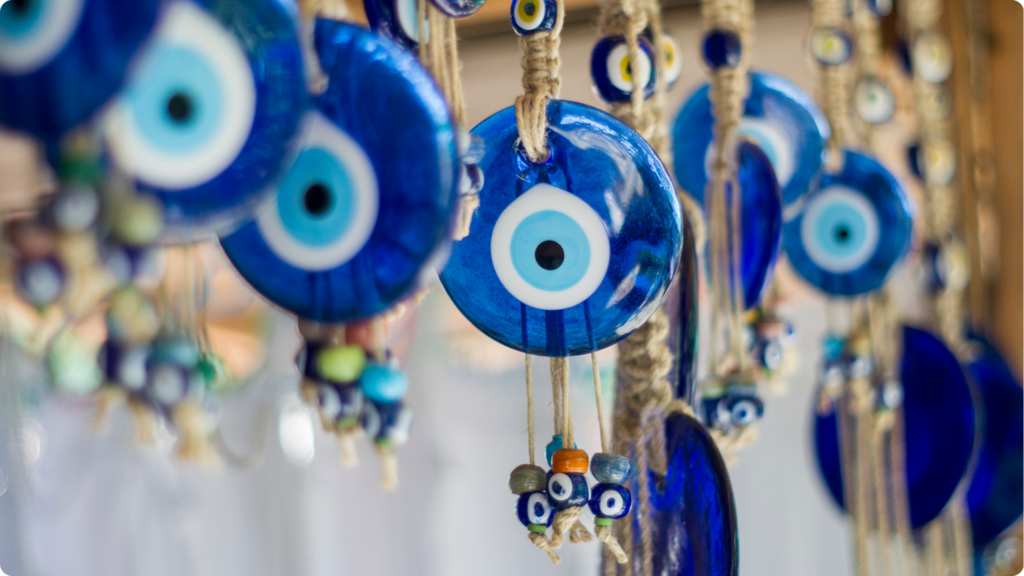
The Evil Eye- Europe, Asia, Africa, and Latin America
The symbol of the “Evil Eye” has existed for over 5000 years, so it is no surprise that it is so prevalent across different cultures, religions, and regions. The Evil Eye is a symbol representing a supernatural force or curse that inflicts injury and misfortune, which can also be channeled by someone with ill-intent to direct at another.
Many countries within the Mediterranean region, Balkan Region, Middle East, Mexico, India, parts of Latin America and Africa, and many more believe in the Evil Eye. Physical talismans, amulets, or marks on household items are a widespread way of averting, reflecting, or protecting from the Evil Eye.
Amulets or beads depicting a blue eye are widely used in the Mediterranean and Middle East to ward off the Evil Eye. They are sometimes hung in windows facing outward to protect the home and its residents. These symbols may also be worn to safeguard individuals. If one of these amulets or beads broke, it is believed that it served its purpose, extending itself to protect the person or family.

Elephants- India
In India, elephants are revered as the living iteration of the Hindu deity Ganesha, who represents wisdom, strength, protection and good fortune. Ganesha has the body of a man but the head of an elephant, therefore elephants are considered sacred symbols. Figures or images of elephants may be placed in the home as protectors and facing an elephant figure at the entrance of a home invites good energy and luck. An upward-facing trunk is a reflection of luck as the elephant is “showering” good fortune on those surrounding it, while a downward-facing trunk is a reflection of longevity, perseverance, and solving challenges. Elephants may be depicted in a variety of colors and positions, each with their own significance.
These are just a handful of lucky symbols from around the world. There is so much more to discover. Within each overarching symbol, you will find a multitude of interpretations and traditions honoring them. Different animals, images, objects, and charms can represent luck. However, the belief in attracting good fortune is shared across the globe. Which of these traditions or symbols do you find most intriguing? f you are fascinated by these traditions, try your hand at learning a new language. This can help you connect further with the cultures surrounding them! Reach out to us here at LanguageBird to learn more about the languages and programs we offer so you can kickstart your language-learning endeavors!

